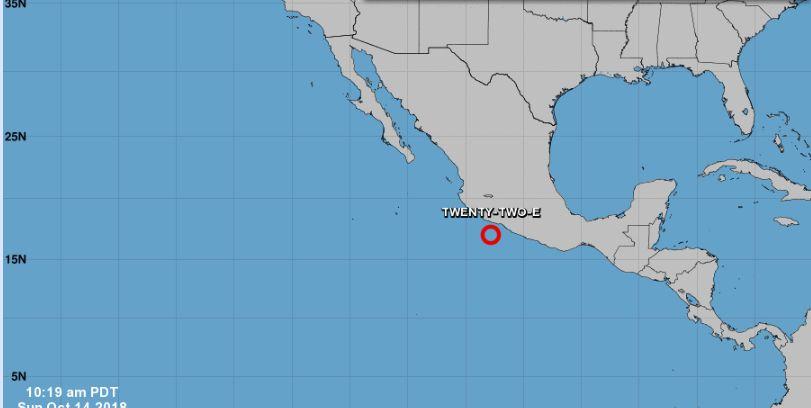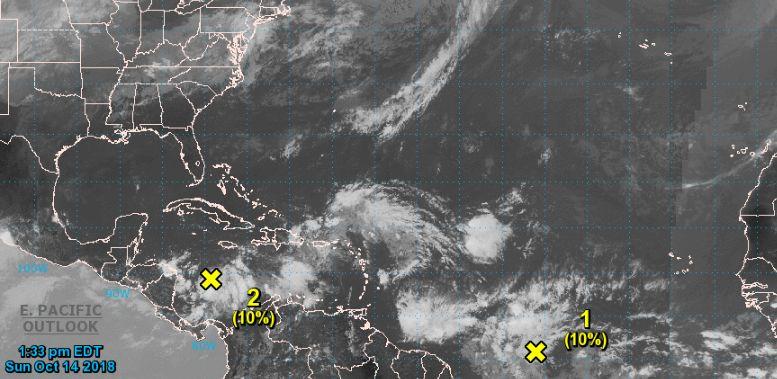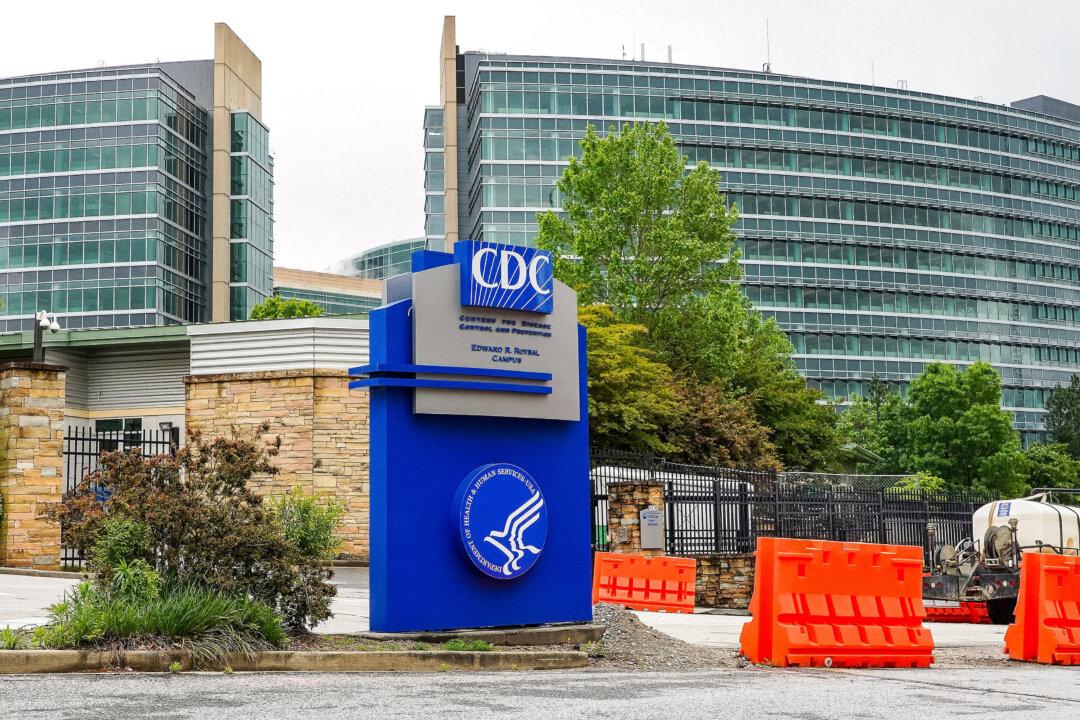Former Hurricane Leslie, which is now a post-tropical cyclone after spending weeks in the Atlantic Ocean, is bringing rain and wind to Spain and Portugal, the BBC reported.
More than 15,000 people are without power amid the storm.
Officials said the storm had 70 mph winds. A Category 1 hurricane has 75 mph winds, according to the Saffir–Simpson scale that categorizes hurricanes.
A resident of the Figueira da Foz told a local news outlet, “I have never seen anything like it, The town seemed to be in a state of war, with cars smashed by fallen trees. People were very worried,” the BBC reported.
It is rare for such a storm to hit the Iberian Peninsula, and only five similar events have been recorded, the broadcaster noted.

Tropical Depression Forms
The U.S. National Hurricane Center (NHC) said that a tropical depression formed just to the south of Mexico in the eastern Pacific Ocean.“The depression is moving toward the west-northwest near 6 mph (9 km/h) and this motion is expected to continue today. A turn toward the west and southwest at a slower forward speed forecast to begin tonight and continue into Tuesday. On the forecast track, the depression is expected to slowly move away from Mexico over the next few days,” according to the agency.
It added: “Maximum sustained winds are near 35 mph (55 km/h) with higher gusts. Gradual strengthening is forecast during the next few days, and the depression is expected to become a tropical storm later tonight or early Monday.”

Elsewhere in the Atlantic
The agency also said it is monitoring an area of low pressure over the southwestern Caribbean Sea near Central America.There is a 20 percent chance of the storm becoming a tropical cyclone in the next five days and a 10 percent chance of it becoming one in the next two days, the NHC said.
In the central Atlantic Ocean east of South America, there is a “broad, low-latitude tropical wave” located 800 miles east of French Guiana.





Friends Read Free